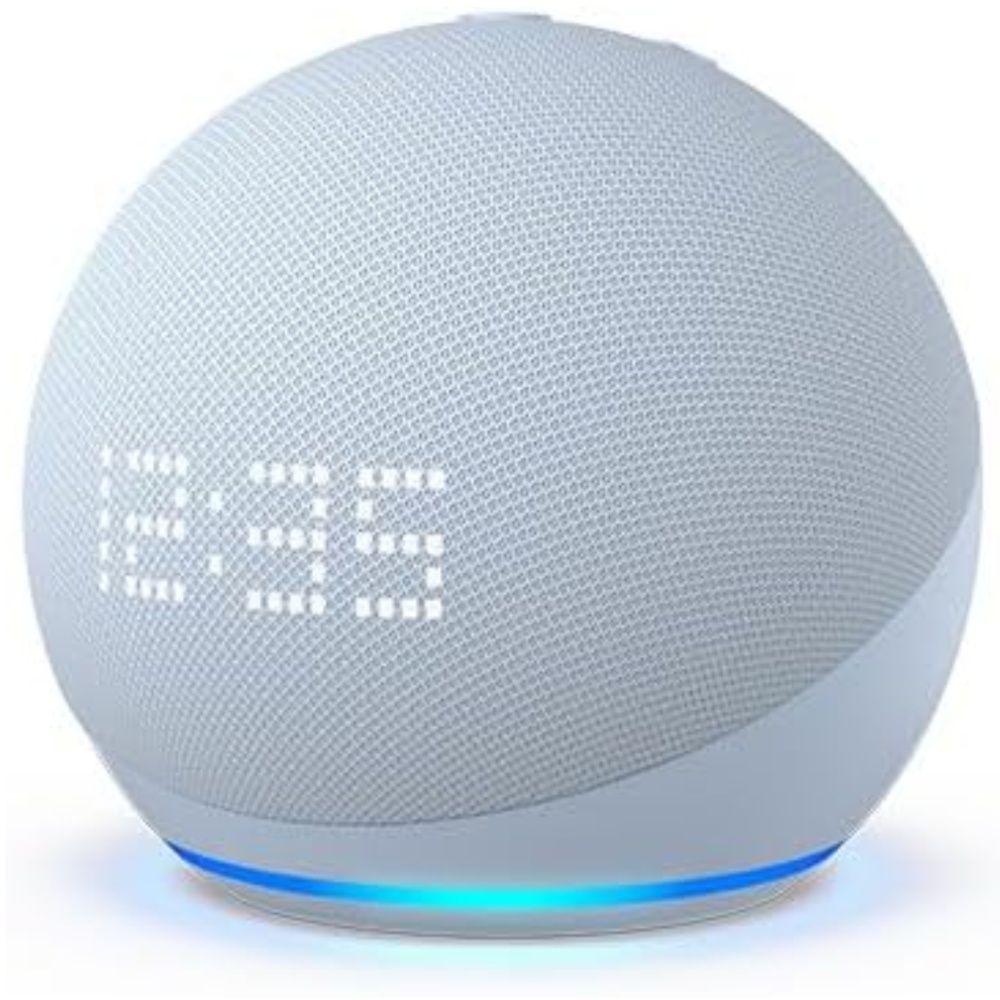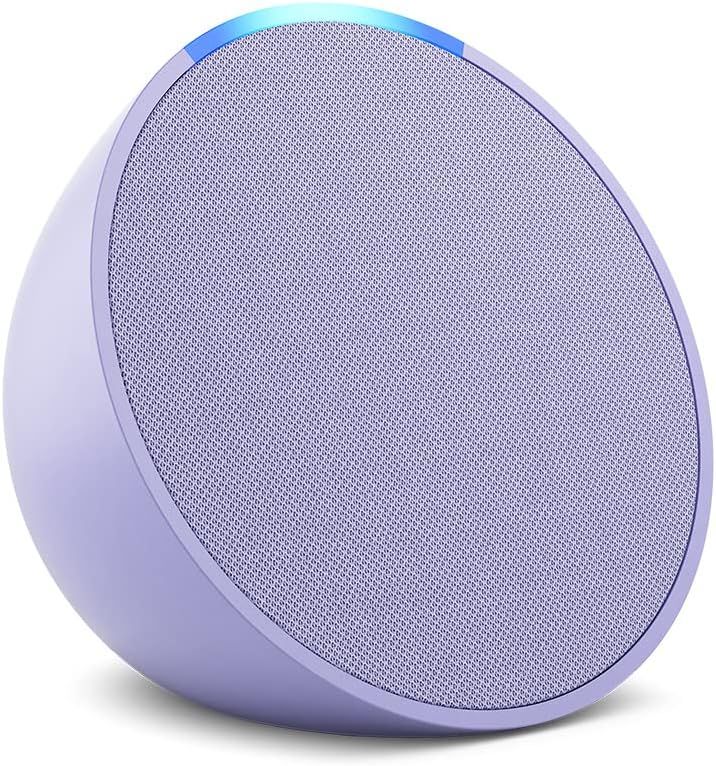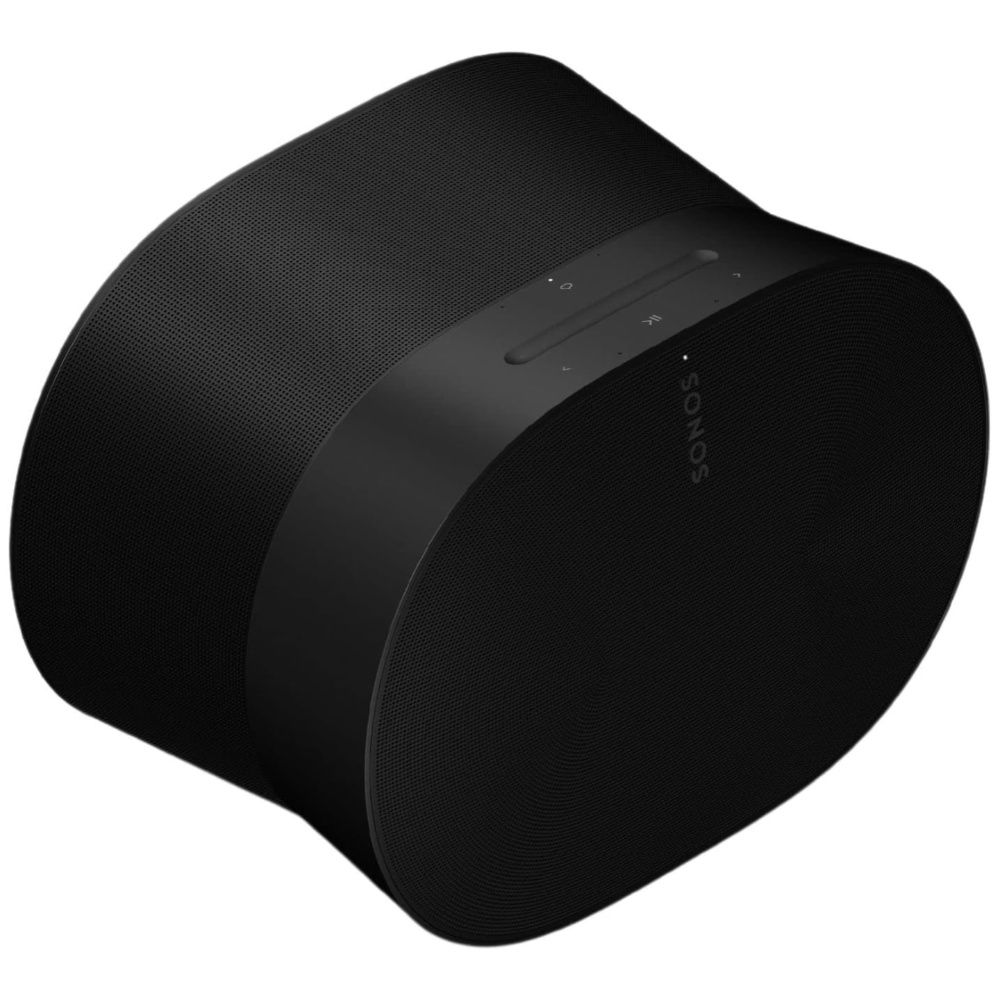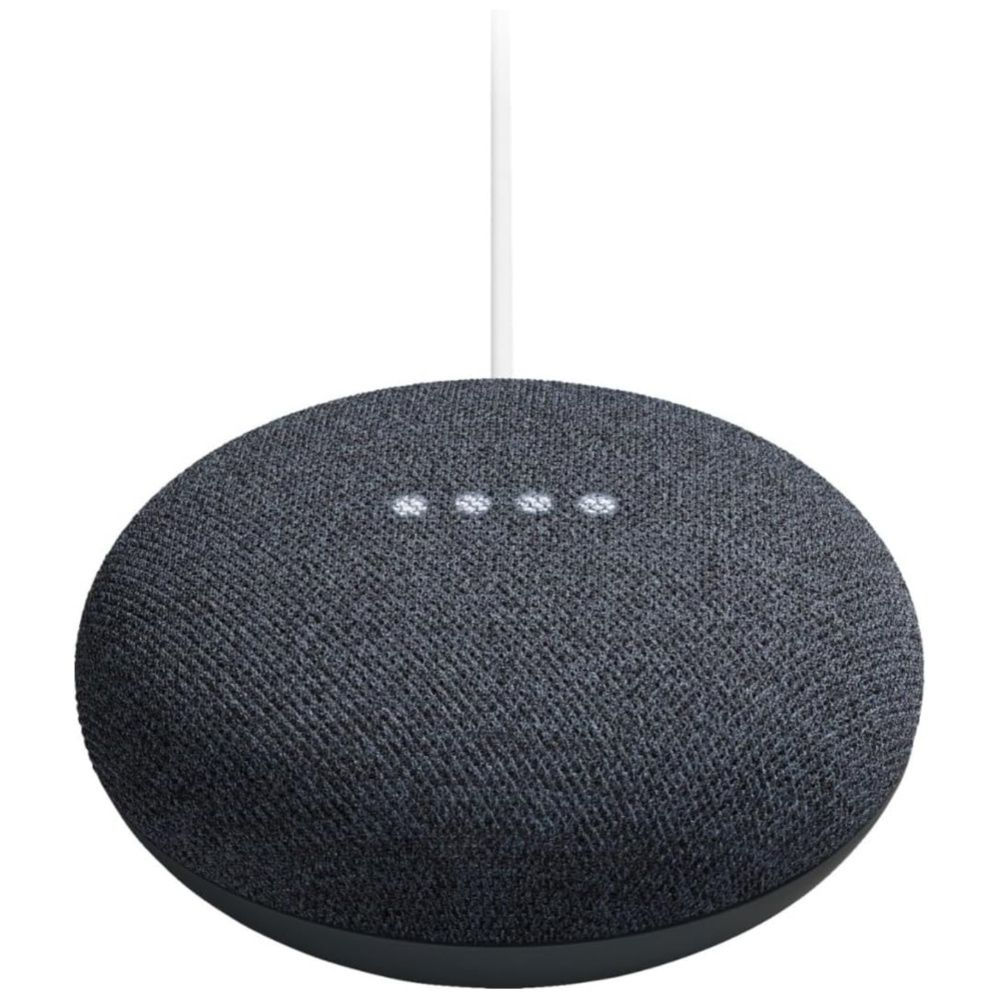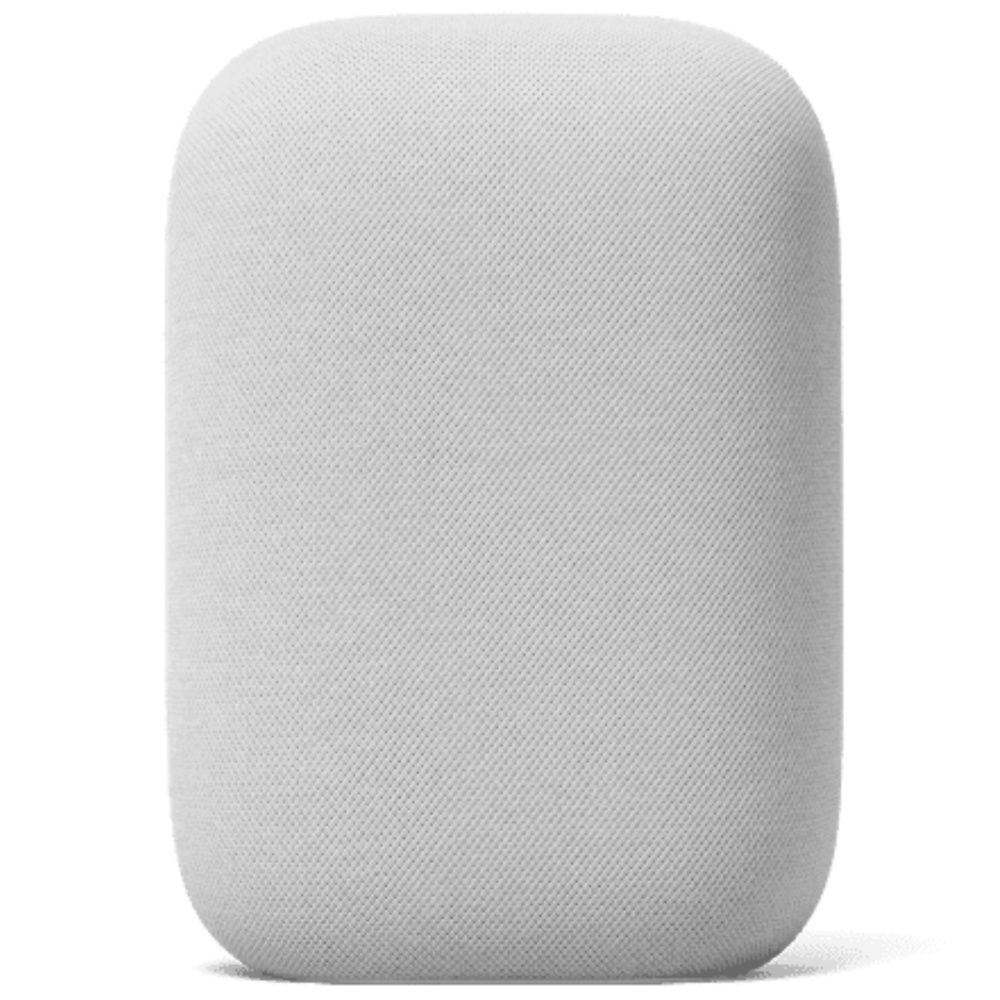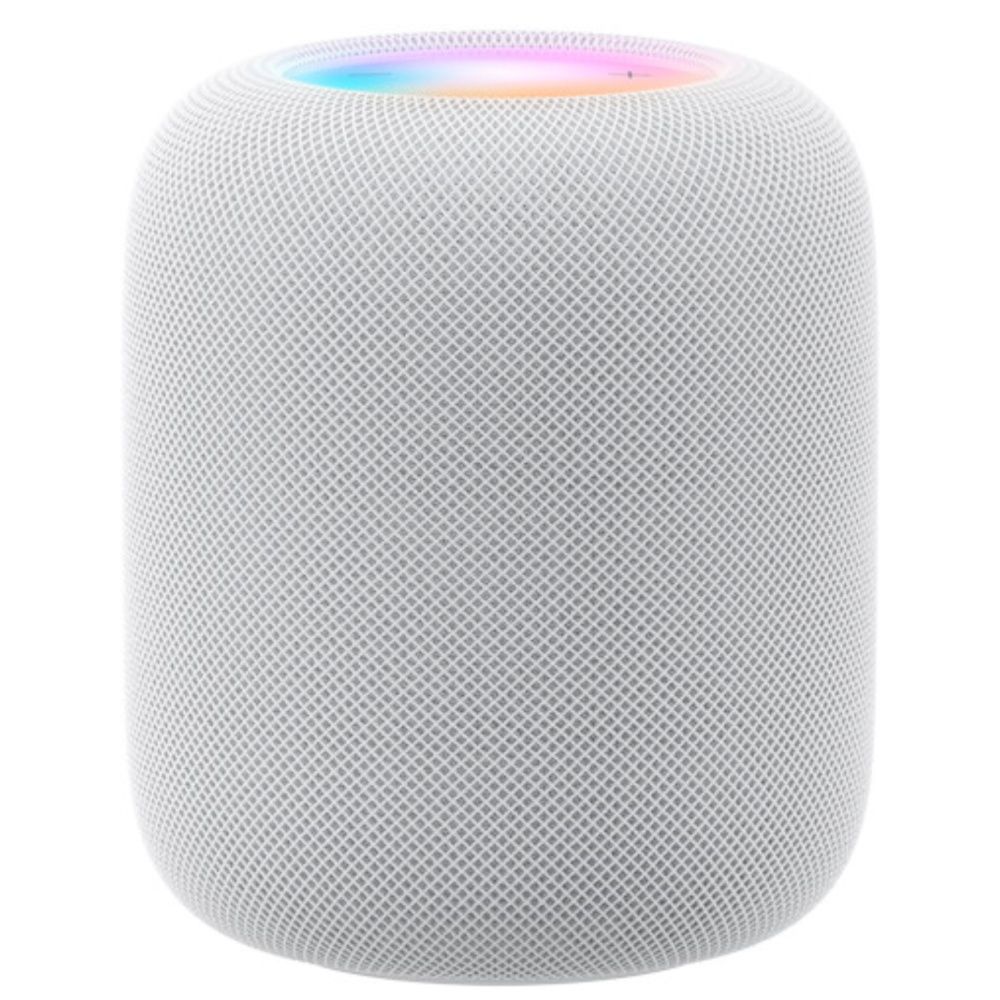Smart speakers were popularized by Amazon’s Echo series of devices that were first unveiled back in 2014. At the time, the idea behind a smart speaker was to develop a device that would act as a smart assistant, just like the ones in smartphones, without having to use the phone or press a button. The company came up with a smart speaker that had Alexa integration and was, in a way, “always listening.” Following its success, other manufacturers like Google and Apple jumped in the game and released their own versions of a smart speaker.
The Amazon smart speakers use Alexa voice assistant, while Google uses its own smart assistant, and Apple uses Siri. Besides these three, other companies also make smart speakers that use one of these three voice assistants. This allows customers to stay within the ecosystem they are already a part of with their smartphones and laptops. These typically work by the user activating the assistant by using the respective phrase, and then giving a command or asking a question, like they would with their phone.

The Best PC Speakers for 2024
If a gamer looking to complete a new PC setup, these speakers can give a rig the voice it deserves.
However, smart speakers have become much more than just voice assistants for answering questions. They can be used to control compatible smart home devices, set reminders, make lists, and most importantly, play music. But with so many options to choose from, finding the best smart speaker can be challenging, so here’s a handy guide to make the decision easier.
Game ZXC's Picks of the Best Smart Speakers for 2024
The Echo Dot (5th Gen) is a compact smart speaker from Amazon and it comes in two versions, one with an LED display and one without. For a difference of just $10, the LED display brings some added functionality to the well-rounded smart speaker. This globe-style speaker has a flat bottom, and an LED strip goes around the bottom that changes colors to signify different functions. By default, it will stay off, but when activated, it will turn blue and, in the case of a notification, it changes colors.
The LED display at the front of the Echo Dot shows not just the time, but also the weather, song titles, and more. Having the time displayed at the front at all times makes things quite convenient. There are four physical buttons on the top of the device for volume control, mute, and an action button. It also has tap gestures which allow users to pause music or snooze their alarms by just tapping on the top with more than one finger. There are also built-in temperature and motion sensors inside the Echo Dot.
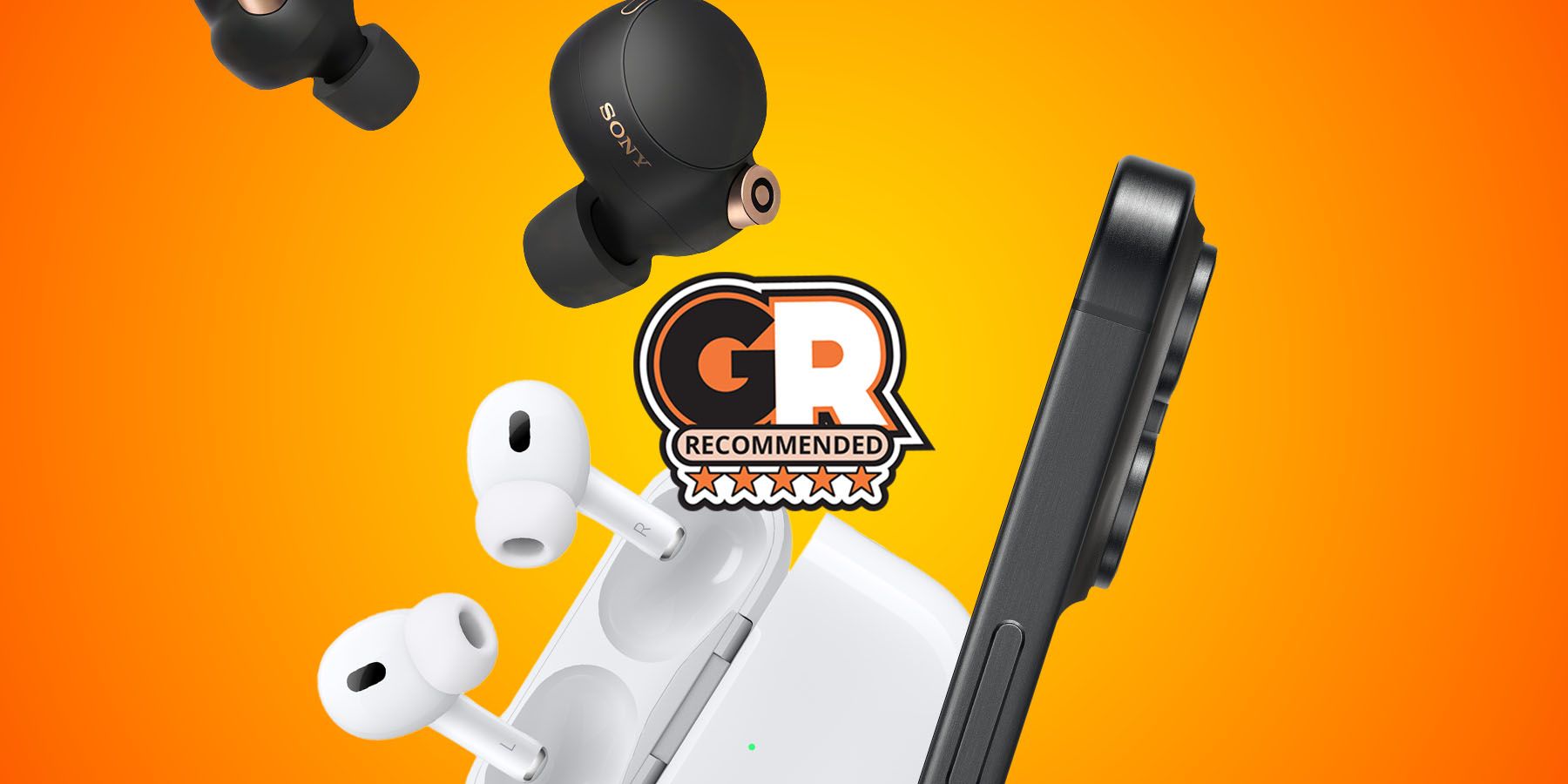
The Best Earbuds for iPhone in 2024
The best earbuds for iPhones are AirPods Pro, right? While that is the answer for some iPhone users, the search doesn't end there.
Coming to sound quality, the Echo Dot (5th Gen) has a small 1.7-inch driver that seems tiny on paper, but is loud enough to fill any room. It is not going to win any awards for sound quality, but it is still very capable and can deliver a great music listening experience with surprisingly deep bass. Another interesting feature is that two Echo Dot smart speakers can be paired together for a stereo experience through the Alexa app. Speaking of which, the setup process through the app is fairly straightforward.
Lastly, the Echo Dot (5th Gen) can perform all the typical smart speaker functions, such as setting alarms, reminders, controlling compatible smart home devices, making shopping lists on Amazon and purchasing items, setting up routines, and more.
Developed within the Amazon Alexa ecosystem, the Echo Pop is a budget-friendly, yet very capable smart speaker. It has a flatter front design than the Echo Dot, with some features having been axed as well to keep the price down. There are three physical buttons at the top for controlling volume and muting the device. There is also a small LED light strip to notify users of the status of the Echo Pop.
Even though it is a smaller and less powerful version of the Echo Dot, it still requires a wall adapter for power and does not use the USB Type-C standard, but instead a barrel connector, which is the case with most Amazon Echo devices. Amazon does not like sharing detailed driver size and audio performance numbers, but the Echo Spot comes with a 1.95-inch front firing speaker which, although on paper is larger than the Echo Dot, does not get as loud or as full as the Echo Dot.
Like other Echo devices, it is easy to set up with the Alexa app and multiple Echo Pops can be paired together to play the same music for a more immersive experience. More than the sound quality, Amazon has shifted focus to aesthetics with the Echo Pop. It looks more compact thanks to the flat front and comes in four different colors: Charcoal, Glacier White, Lavender Bloom, and Midnight Teal. At the end of the day, it does have all the smart functionality of its older sibling, despite its reduced price.
Sonos is no stranger to speaker systems and is known for making some of the best sounding and best-looking speakers for home use. Bringing the same incredible sound quality and unique design, the Sonos Era 300 is the best sounding smart speaker in the market. However, this sound quality, smart functionality, and attractive aesthetic come at a premium, so be prepared to spend significantly more than most smart speakers.
The Sonos Era 300 features six drivers located at the front, sides, and top of the speaker. This configuration enables Dolby Atmos Music support, which delivers immersive spatial audio despite the compact size of the speaker. No matter where the speaker is placed, it can deliver a full sounding immersive music listening experience. The setup process is quick and simple through the Sonos app and two of the Era 300 smart speakers can be paired together for an even wider yet more immersive soundstage. While setting up the speaker, the app has a Trueplay tuning technology that analyzes the acoustics of the room or space and then adjusts the EQ accordingly.

The Best Budget PC Speakers for 2024
When building a PC setup, too often speakers are overlooked components. These budget PC speakers are affordable ways to complete a new rig.
Coming to the smart features, the Sonos Era 300 has Alexa built-in, which means users can control smart home devices, set up routines, make shopping lists, and more. It also supports Apple AirPlay 2, which allows directly streaming music from an iPhone, iPad, or Mac. Not just Wi-Fi, but the Sonos Era 300 allows for Bluetooth as well as wired (aux) connectivity, making it easier to stream music from a variety of different devices.
There is also a far-field microphone array with echo cancelation, which means the smart speaker can listen to commands more efficiently. Sonos offers the Era 300 in black and white colors, and, as an attempt at being environmentally friendly, the smart speaker has been made from 40% consumer recycled plastics and comes in eco-friendly packaging.
As one of the smallest smart speakers on the market, the Google Nest Mini packs a lot of features that make it great value for those comfortable with the Google ecosystem. It is available in three colors: Charcoal, Coral, and Slate. The Google Nest Mini has subtle round lights at the top with support for touch controls. It has a fabric covering that makes it look like a conventional piece of decor in the room, minus the power cable.
Google has managed to fit 40mm drivers inside the Nest Mini, along with three far-field microphones to pick up audio commands better. The audio quality has been improved quite a lot compared to the older Nest Mini but, overall, being such a compact speaker, it offers only a decent music listening experience that may not be enough for large spaces.
It has Wi-Fi and Bluetooth connectivity and allows streaming music, news, podcasts, and more across a bunch of apps, such as Spotify, Apple Music, YouTube Music, Netflix, HBO Now, and more. It is activated by using the “Hey Google” phrase and the lights on top change color to indicate it is listening. The volume can be controlled through the app, by voice, or by tapping either side of the fabric surface on the Nest Mini.
Thanks to the Google ecosystem, those who have Chromecast enabled TVs can simply ask Google to stream their favorite movies and shows via various streaming apps.
Google has rebranded its Google Home product line to Google Nest, and it does not sell the original Google Home Max or Google Home smart speakers anymore. However, they are still available through a few retailers.
Those who appreciate the Google ecosystem and want something more powerful than the Nest Mini should take a look at the Google Nest Audio. It is larger than the Nest Mini but still compact, despite the combination of a 75 mm woofer and a 19 mm tweeter. There are also three far-field microphones and a 2-stage mic mute switch. It also has three capacitive touch areas with the same fabric feel as the Nest Mini.
The Google Nest Audio is an upgrade over the original Google Home smart speaker and is 75% louder in comparison. It also has stronger bass, which lends to a fuller and more immersive audio experience. The smart speaker also adapts to the environment and to the content to deliver the optimal sound quality. Furthermore, two Nest Audio speakers can be paired together for stereo sound or play the same music in different rooms.

The Best Cheap Smart Home Gadgets in 2024
Designing a smart home on a budget? Here are the most affordable smart home gadgets buyers should purchase first.
As for smart features, the Nest Audio has all the functionality of the smaller Nest Mini and more. It can stream music, podcasts, news, and more across a variety of streaming services. It can interact with Chromecast enabled devices and has a Guest Mode built in. The Guest Mode allows everyone to control the Nest Audio but without accessing personal calendars or contacts. Another impressive feature is the ability to notify the user when it hears unusual sounds, but a Nest Aware subscription is required to enable this functionality.
The best sounding speaker for those within the Apple ecosystem is the Apple HomePod. Starting with the design, it is a fairly compact speaker with a mesh fabric all around, except for the top, which has a touch-enabled screen. The audio can be controlled using various touch inputs and Siri's voice assistant can be activated with a touch and hold input. For connectivity, the HomePod has Wi-Fi and Bluetooth, but no audio jack.
In terms of audio technology, Apple has packed a lot into this compact smart speaker. There is a 4-inch high-excursion woofer and five horn-loaded tweeters. It can do real-time tuning thanks to computational audio with system sensing. With Room sensing, the HomePod can automatically tune audio depending on where it has been placed. The music listening experience is further enhanced by Dolby Atmos support.
The HomePod also comes with four far-field microphone setup, sound recognition for smoke and carbon monoxide alarm sounds, and is capable of stereo play by pairing it with another HomePod. It seamlessly works with all Apple devices and, thanks to the Ultra Wideband chip, it can efficiently transfer calls, music, podcasts, and more between the two devices. There is also a temperature and humidity sensor built in.
While the HomePod is the best Apple HomeKit smart speaker, it is on the expensive side. Those looking to save some money can opt for the HomePod Mini. It does not have the immersive sound experience of its older brother, nor does it have spatial audio and room sensing, but also costs significantly less.
Factors to Consider When Buying a Smart Speaker
Ecosystem: As mentioned earlier, all smart speakers use one of the three main voice assistants; i.e. Alexa, Google, or Siri, or sometimes even more than one. Each voice assistant comes with its own advantages and disadvantages. Alexa allows users to order things from Amazon and perform more shopping-related tasks. Google Assistant feels a bit more conversational, while Siri has better integration with the Apple ecosystem.
Speaker Quality: The primary factor is how good the speaker sounds. Smart speakers are typically small devices that sit on the nightstand, so there isn’t enough space for a hardcore music system. However, with the advancement in audio technology, manufacturers have been able to fit great sounding speakers inside these devices that fit on the palm of the hand. Some smart speakers focus more on the form factor, while others focus on the sound output.
Wi-Fi Connectivity: Before purchasing a smart speaker, it is ideal to make sure that a stable Wi-Fi connection is available where the speaker is intended to stay in the house. These devices do not come with a LAN port and can only use Wi-Fi for networking. For optimal performance, make sure there is a strong Wi-Fi signal in the area.
Price: Smart speakers are available to a wide range of budgets. Users can often find smart speakers from Amazon at a discount, and they are often even more heavily discounted during Amazon’s sales. The price depends on the size of the smart speaker, but the smart functionality essentially remains the same across price points.
Additional features: Smart speakers set themselves apart from the competition with the help of additional features like a digital clock, waterproofing, wireless charging, and more. Some even come with a screen, which puts them in the category of smart displays, though they can still act as smart speakers.

The Best Smart Home Gadgets in 2024
Households can operate more smoothly with smart devices. Here are some of the best options to modernize a home and have fun in the process.
FAQ
Q: Is it worth getting a smart speaker?
A smart speaker can be a great addition to any home. Along with streaming music, it can perform tasks like controlling compatible smart home devices, show reminders, make lists, act as a search engine, and more.
Q: Which is better Google Assistant or Alexa?
Both Google Assistant and Alexa can do most of the same tasks, but Google Assistant is somewhat better at understanding voice commands and conversations in general. However, depending on the other devices in the home, an Alexa enabled smart speaker could be a better fit.
Q: What are the negatives of smart speakers?
One of the primary concerns with smart speakers is privacy. Users feel that having a device that is always listening is a breach of privacy, but manufacturers have started to add physical hardware level mute buttons and toggles to make sure the device isn’t listening in at all times.

